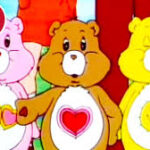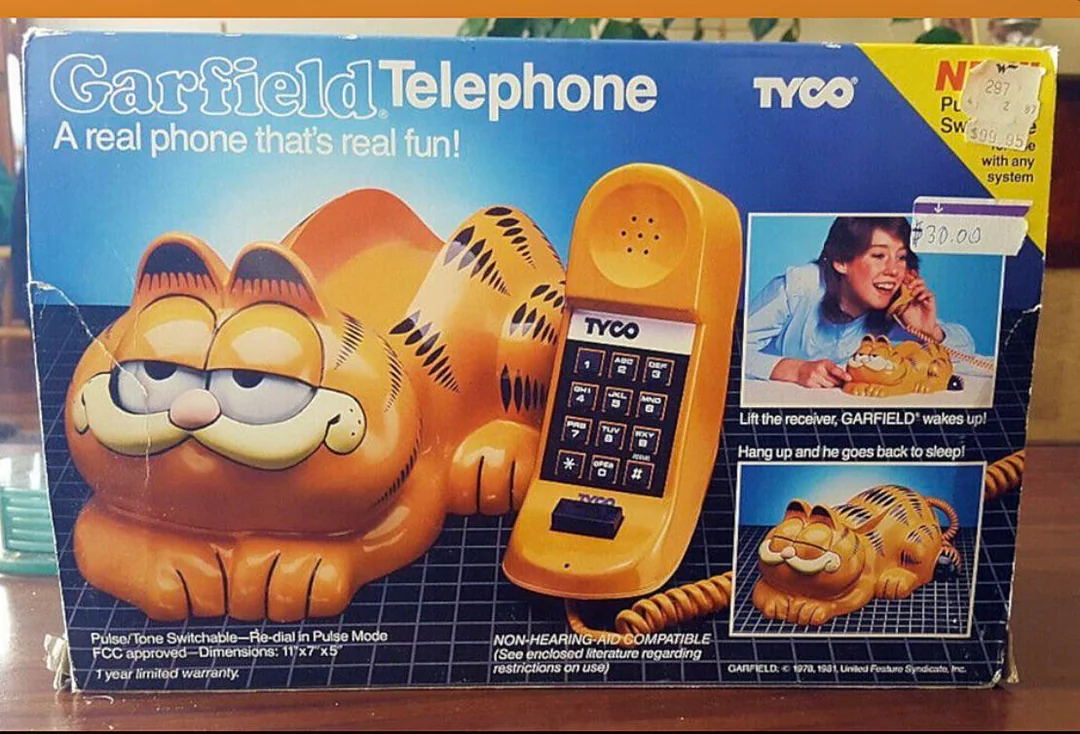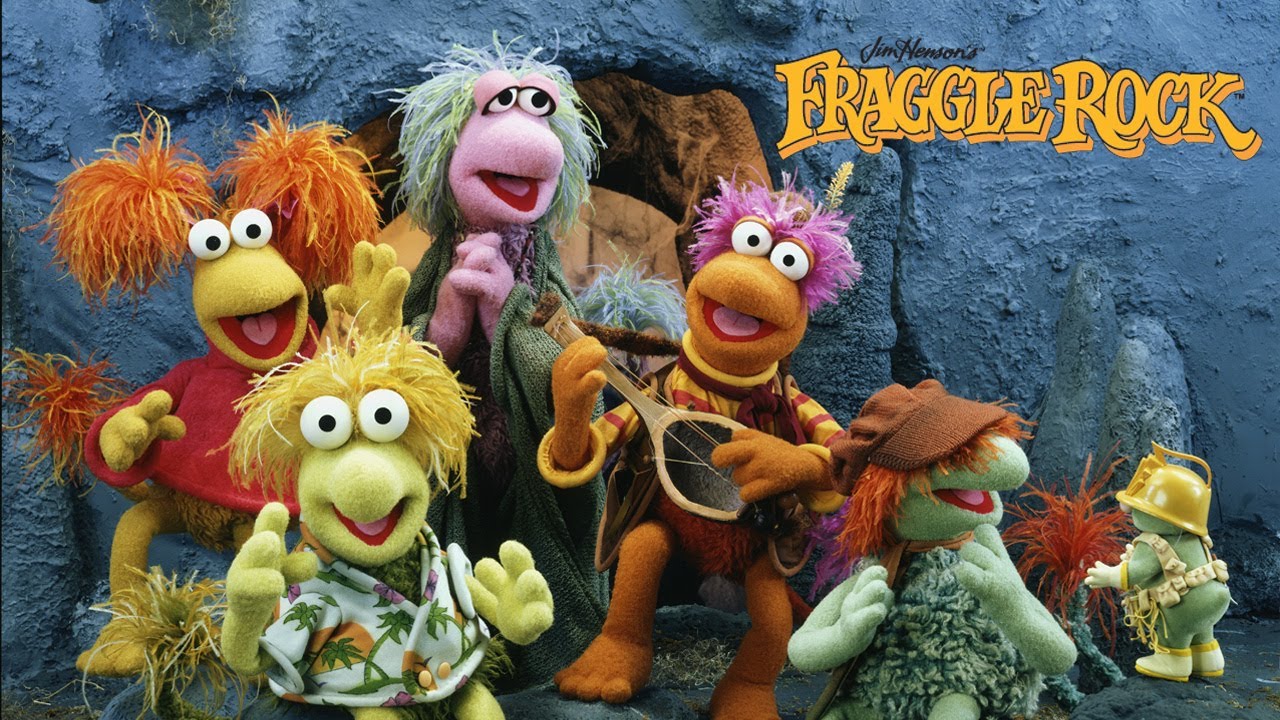 In the vibrant, sugar-sweet pantheon of 1980s pop culture, few icons stand as universally recognized and enduring as the Care Bears. These pastel-colored, belly-badged symbols of love, empathy, and friendship began life not as toys or cartoon stars, but as illustrations on greeting cards. Yet from that humble origin blossomed a multi-billion dollar brand that spanned television, movies, toys, books, and even philosophical lessons about kindness and emotional intelligence.
In the vibrant, sugar-sweet pantheon of 1980s pop culture, few icons stand as universally recognized and enduring as the Care Bears. These pastel-colored, belly-badged symbols of love, empathy, and friendship began life not as toys or cartoon stars, but as illustrations on greeting cards. Yet from that humble origin blossomed a multi-billion dollar brand that spanned television, movies, toys, books, and even philosophical lessons about kindness and emotional intelligence.
The Care Bears were never just cute. They were cleverly conceived ambassadors of emotional values, speaking to children in a language that emphasized compassion, sharing, and self-awareness. As commercial as they were altruistic, the Care Bears phenomenon helped define the 1980s toy and cartoon boom, standing proudly alongside Transformers, My Little Pony, and G.I. Joe as part of a golden era of character-driven media franchising.
This is the story of how a team of cuddly creatures from the Kingdom of Caring became international superstars—and why they continue to resonate across generations.
From Greeting Cards to Icons
The Care Bears began not as toys, cartoons, or plush characters, but as greeting card illustrations. In 1981, the American Greetings Corporation—a major player in the stationery industry—sought to create a new line of characters for their cards. Their licensing division, Those Characters From Cleveland (TCFC), collaborated with artist Elena Kucharik to design a group of colorful bears, each with a unique symbol on its belly and a distinct emotional function. These weren’t just generic cute animals; they had a clear emotional mission. There was Tenderheart Bear, Cheer Bear, Funshine Bear, and others, each embodying a different virtue or emotion.
The response to these characters was overwhelmingly positive. Seeing potential far beyond the card aisle, American Greetings partnered with toy manufacturer Kenner to launch a full-scale merchandising campaign. The first plush Care Bears hit shelves in 1983—and flew off them just as quickly. Children everywhere wanted their favorite bear, and parents appreciated the soft, huggable messengers of kindness and empathy.
The Television Invasion
By 1983, the Care Bears were already wildly popular in toy aisles, but their next big leap came in the form of television. That same year, the bears made their animated debut in two half-hour TV specials produced by Atkinson Film-Arts: The Care Bears in the Land Without Feelings and The Care Bears Battle the Freeze Machine. These specials introduced audiences to the world of Care-a-Lot, the cloud-filled kingdom in the sky where the bears lived, and established their core mission: helping children on Earth deal with emotional struggles and social problems.
The success of the specials led to a full-length animated feature: The Care Bears Movie, released in 1985. Produced by Canada’s Nelvana Limited, the film was a surprise hit, grossing over $22 million at the U.S. box office and becoming one of the highest-grossing non-Disney animated films of the time. The movie expanded the Care Bears mythos by introducing the Care Bear Cousins—other animals like lions, rabbits, and monkeys who lived in the Forest of Feelings and shared the bears’ commitment to kindness.
Following the movie’s success, The Care Bears Family animated series aired from 1986 to 1988, with Nelvana again handling animation duties. The show further developed Care-a-Lot and its denizens, as well as their enemies—most notably the wizard No Heart and his bumbling assistant Beastly, who were determined to eliminate caring from the world. Each episode delivered gentle moral lessons wrapped in pastel visuals and a tidy plot.
Meet the Bears: Emotions with Faces
The genius of the Care Bears lay in their simplicity and specificity. Each bear had a unique personality and purpose, making it easy for children to identify with their favorites. Some of the most iconic original Care Bears included:
-
Tenderheart Bear: Brown with a red heart on his belly, he acted as the leader and guided the others in spreading love and care.
-
Cheer Bear: Pink with a rainbow belly badge, she embodied optimism and positivity.
-
Grumpy Bear: Blue with a rain cloud badge, he taught that it was okay to have bad moods sometimes—and that those feelings are valid.
-
Funshine Bear: Yellow with a smiling sun, he represented happiness and a carefree spirit.
-
Wish Bear: Aqua-colored with a shooting star belly, she encouraged dreaming big.
-
Love-a-Lot Bear: Pink with two hearts, she spread love in all forms.
The Care Bear Cousins added further diversity to the lineup with animals like Brave Heart Lion, Lotsa Heart Elephant, and Cozy Heart Penguin. Their presence reinforced the message that caring was not limited to one type of creature—everyone could be a part of the solution to emotional distress.
This cast of characters gave children a range of emotional models. The Care Bears didn’t demand perfection—they acknowledged sadness, fear, loneliness, and anger, and offered loving guidance on how to navigate them.
The Care Bear Stare and the Power of Collective Good
Perhaps the most memorable aspect of the Care Bears was their superpower: the Care Bear Stare. When faced with evil or emotional turmoil, the bears would line up, stand strong, and shoot beams of caring energy from their belly badges in unison, combining their strengths into a rainbow of empathy and love that overwhelmed negativity.
On a metaphorical level, the Care Bear Stare was a brilliant narrative device. It wasn’t about violence or domination—it was about collective positive action. It showed kids that working together with empathy could defeat even the most powerful forces of darkness, including emotional suppression and cruelty.
The Merchandising Juggernaut
The 1980s were a golden era of synergy between television and toy sales. The Care Bears were one of the most successful examples of this model. Kenner’s plush toys were must-haves, and American Greetings expanded the brand with coloring books, stickers, pajamas, lunchboxes, puzzles, and even breakfast cereal.
By 1985, Care Bears had become the top-selling toy in America, outpacing even Barbie and G.I. Joe. At the peak of their popularity, over 40 million Care Bears toys had been sold, and more than 100 different products bore their colorful likenesses.
The franchise extended into music albums, stage shows, and even video games. Parents embraced them because the values they promoted—love, caring, cooperation—aligned with the messages they wanted their children to hear.
Decline and Dormancy: The Late ’80s and ’90s
Like many toy-based properties of the 1980s, the Care Bears’ initial burst of popularity began to fade by the end of the decade. As children aged out and newer fads like Teenage Mutant Ninja Turtles and Mighty Morphin Power Rangers took center stage, the demand for gentle, slow-paced moral storytelling declined.
By the early 1990s, production of new Care Bears toys and media had ceased, and the brand went into dormancy. For a time, the Care Bears existed mainly as nostalgic icons—fondly remembered by Millennials who had grown up with them, but largely absent from toy aisles and television screens.
Revival and Reinvention
The early 2000s saw a wave of 1980s nostalgia, and brands like Strawberry Shortcake, My Little Pony, and the Care Bears found new life. American Greetings reintroduced the bears in 2002 with updated designs and a direct-to-DVD movie, Care Bears: Journey to Joke-a-lot. A new generation of kids discovered the bears through DVDs, books, and limited TV specials.
Further revivals followed:
-
In 2007, Care Bears: Adventures in Care-a-Lot premiered on CBS, featuring redesigned characters and a more contemporary animation style.
-
In 2012, Care Bears: Welcome to Care-a-Lot brought the franchise to the Hub Network, aiming to blend modern storytelling with the original values.
-
In 2019, Care Bears: Unlock the Magic debuted on Boomerang and later on HBO Max, with fresh animation and new characters like Togetherness Bear, a multicolored bear representing inclusivity.
These modern iterations often emphasized emotional intelligence, teamwork, and mental health in more nuanced ways, adapting the original themes for today’s children while still maintaining the bright, approachable aesthetic.
Cultural Impact and Enduring Relevance
Why have the Care Bears endured for over four decades? Part of their appeal lies in their emotional clarity. Children (and adults) often struggle to articulate their feelings. The Care Bears provided personifications of those feelings in a way that was simple, non-threatening, and affirming.
The brand also benefited from its consistent message. Unlike some franchises that shift tone or identity dramatically over time, the Care Bears have always stood for love, empathy, and mutual understanding. In a world that often feels divided and overwhelming, the idea of a group of creatures devoted entirely to helping others emotionally is profoundly appealing.
The Care Bears also paved the way for more emotionally intelligent children’s programming. Shows like Daniel Tiger’s Neighborhood, Bluey, and Steven Universe owe a debt to the Care Bears’ pioneering approach to emotional storytelling.
The Collector’s Market and Nostalgia Boom
For adults who grew up during the 1980s boom, the Care Bears hold powerful nostalgic value. Vintage Care Bears toys, especially first-generation plush figures in good condition, have become coveted collector’s items. Rare characters or regional variants can fetch hundreds of dollars on eBay.
At conventions and retro-themed pop-ups, the Care Bears enjoy a place of honor. Their imagery has also been reappropriated in subversive or ironic ways, appearing on streetwear, punk posters, and social media memes that contrast their innocent exterior with modern cynicism or cultural commentary.
Final Thoughts: Why the Care Bears Still Matter
In a culture often consumed by competition, snark, and speed, the Care Bears continue to stand as a counterweight—fuzzy emissaries of slowing down, listening, and caring. While some may dismiss them as relics of a more saccharine time, their messages remain as important today as they were in 1983.
More than a product line, more than a cartoon, the Care Bears became a philosophy. They showed children that all feelings are valid, that kindness matters, and that caring is not just a soft sentiment—but a powerful force for change.
In the Kingdom of Caring, everyone is welcome. And for those willing to listen, the Care Bears still have a lot to say.

